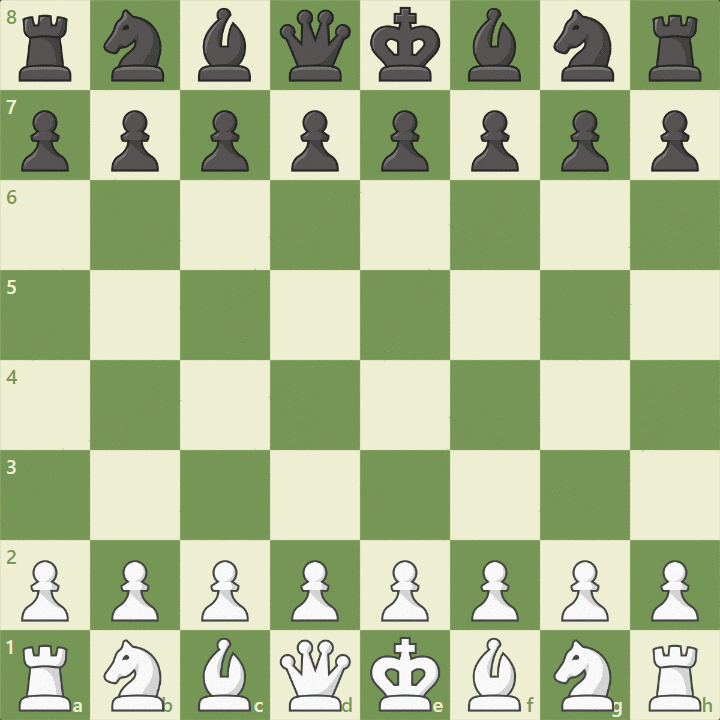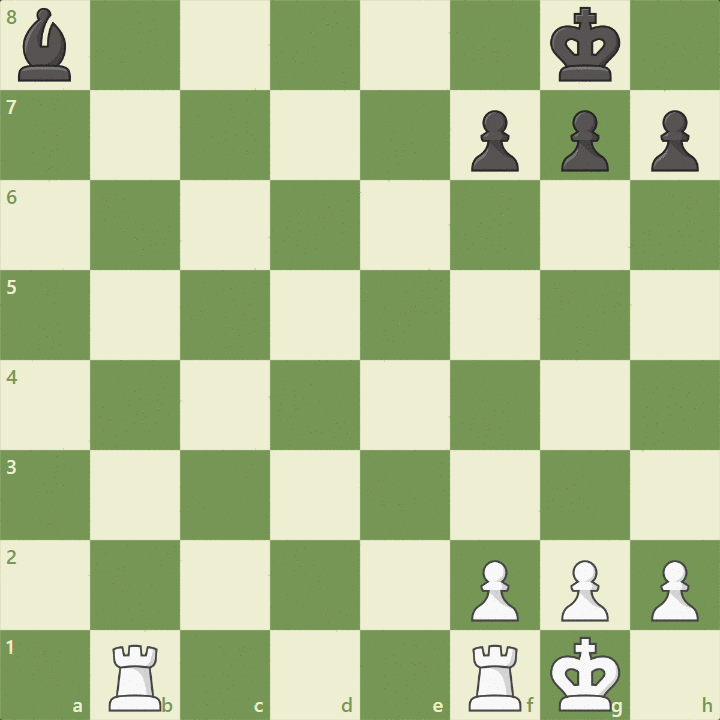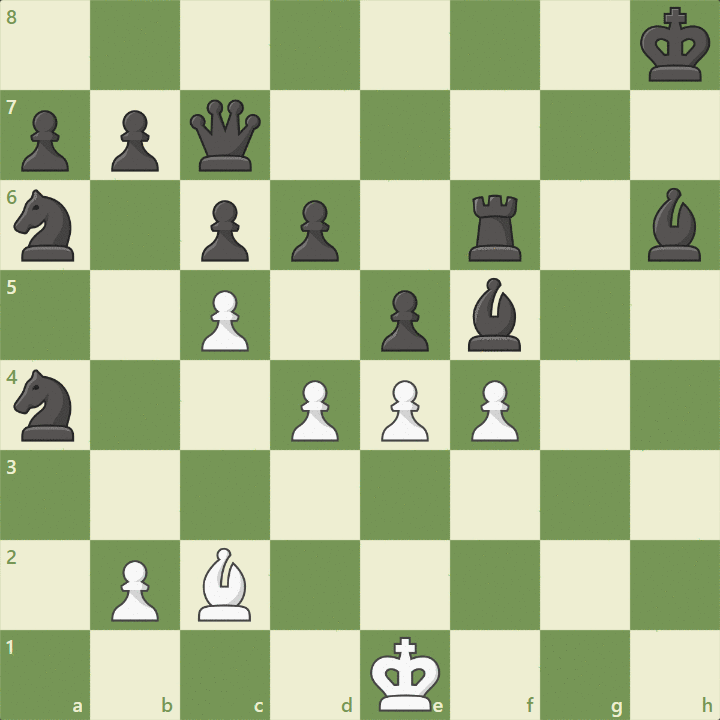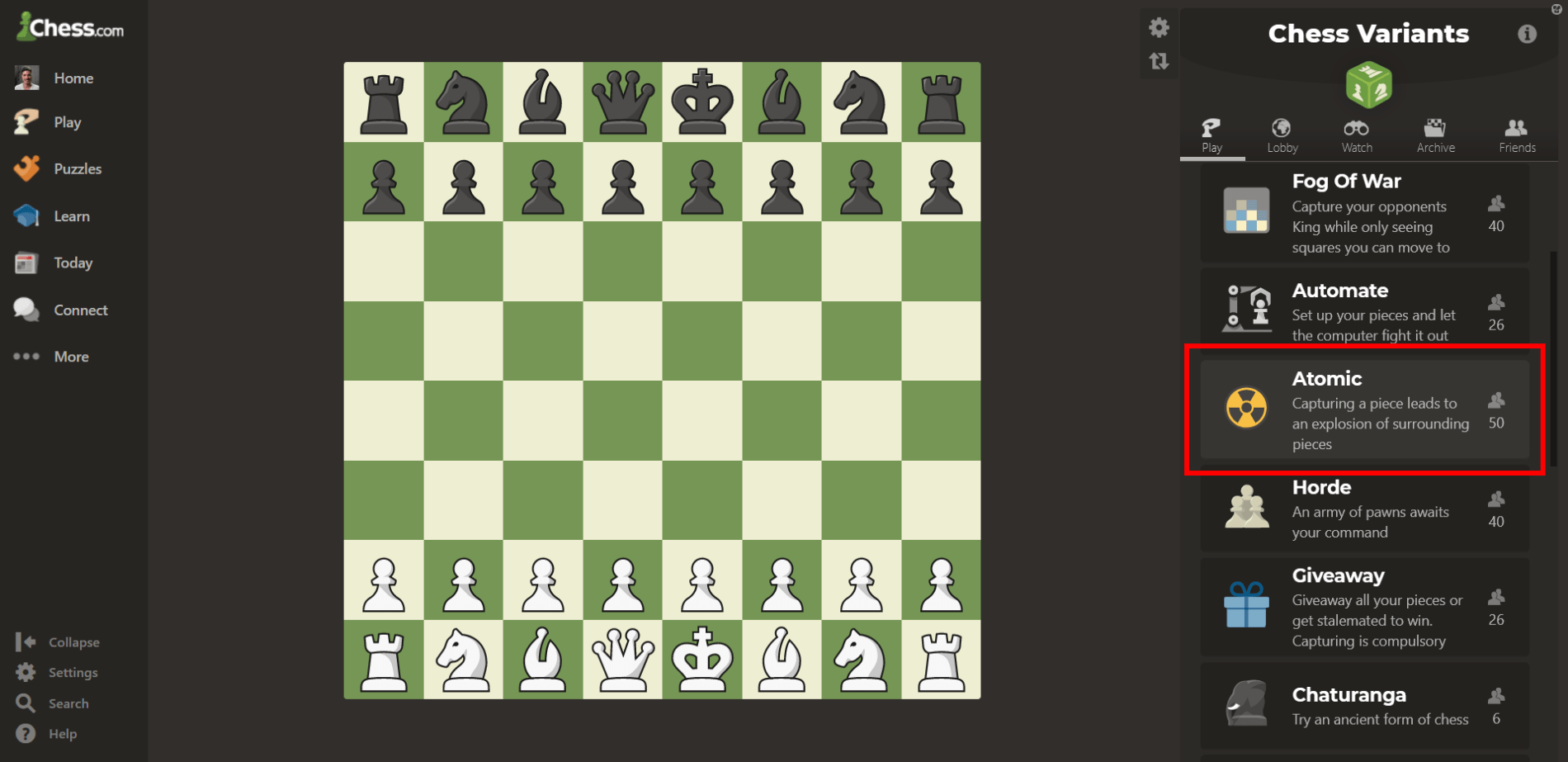
Atomic Chess
What happens when you mix chess with fire? The answer is Atomic Chess! Find out everything about this type of chess game.
- What Is Atomic Chess?
- What Are The Rules For Atomic Chess?
- How To Play Atomic Chess Online On Chess.com
- Conclusion
What Is Atomic Chess?
Atomic Chess is a chess variant that was first introduced to the broader public in 2000, although before then, this variant was already being played on small internet servers around the world.
What Are The Rules For Atomic Chess?
Most of the rules of standard chess also apply to Atomic Chess. The main difference lies in what happens after a piece is captured. This, in turn, influences other aspects of the game.
Captures And Explosions
In Atomic Chess, whenever a piece is captured, an "explosion" reaching all the squares immediately surrounding the captured piece occurs. This explosion kills all of the pieces in its range except for pawns.
Different from regular chess, where only the captured piece is taken off the board, in Atomic Chess, every capture is suicidal. Even the capturing piece is affected by the explosion and must be taken off the board.

Threats To The King
Because of the explosion feature of this variant, the game can end not only in checkmate but also if one of the kings is blown up, which happens by capturing a piece that is sitting next to the royal ruler.
For this reason, even a single piece can end the game by causing an explosion next to the enemy king. Take a look at the example below. White plays the well-known Italian Opening but misses the deadly threat posed by the black bishop.

In some situations, a player can even escape what would be a checkmate in regular chess by blowing up the enemy king first. In the example below, White would have checkmated Black with a back rank mate.
In Atomic Chess, though, Black can take advantage of the fact that their bishop is aiming at the g2-pawn and cause a deadly explosion near the white monarch, winning the game before White can carry out their checkmate. As you can see, the possibility of blowing up the enemy's king is considered the same as blocking a check or capturing the attacking pieces in regular chess.

Another distinct feature of this variant is the rule that a player cannot blow up both kings at the same time. As a result, a player can even move into check if their king lands on a square next to their opponent's king. Since taking the king would cause an explosion that would annihilate both kings, they are both protected from any attack.

Special King Rule
Another difference in Atomic Chess concerns the use of a king. Because every capture causes an explosion that affects not only the victim but also the capturing piece itself, the king is not allowed to make captures.
This rule can lead to weird situations where an unprotected piece can deliver checkmate.

Special Pawn Rules
Pawns are the only pieces that are not affected by explosions like the other pieces. Instead, pawns have their own set of special rules regarding regular and en passant captures.
A pawn can only be removed from the board when directly involved in a capture. If that is the case, both capturing and captured pawns must be removed from the board.
For en passant captures, the explosion happens around the square where the capturing pawn lands.
The example below shows several details to notice. The first regards the way that capturing pawns with minor pieces or other pawns still causes an explosion around the captured pawn. This can be seen after the moves Nxb2 and dxe5.

Another feature you should notice is how explosions do not affect some pawns. The move Bxf4 removes only the bishop and the attacked pawn.
Lastly, notice how the en passant capture affects the pieces around the b6-square, where the capturing pawn would have landed. Just like in other explosions, the pawns surrounding b6 are not affected.
Game Outcomes
As mentioned, the game ends when one of the kings is checkmated or blown up. However, the game can also end in a draw by stalemate if there are no legal threats against one of the kings and no permitted moves to play.
The example below shows a possible stalemating position in Atomic Chess. Since the kings are next to each other, White cannot capture any piece.

How To Play Atomic Chess Online On Chess.com
If you want to try this explosive chess variant, you can right here on Chess.com. All you have to do is to go to our Variants page and select the Atomic option from the menu on the right-hand side of the screen.

Conclusion
You now know what Atomic Chess is and how to play it. Do you want to try out this chess variant? Click the button below to play it now right here on Chess.com!







